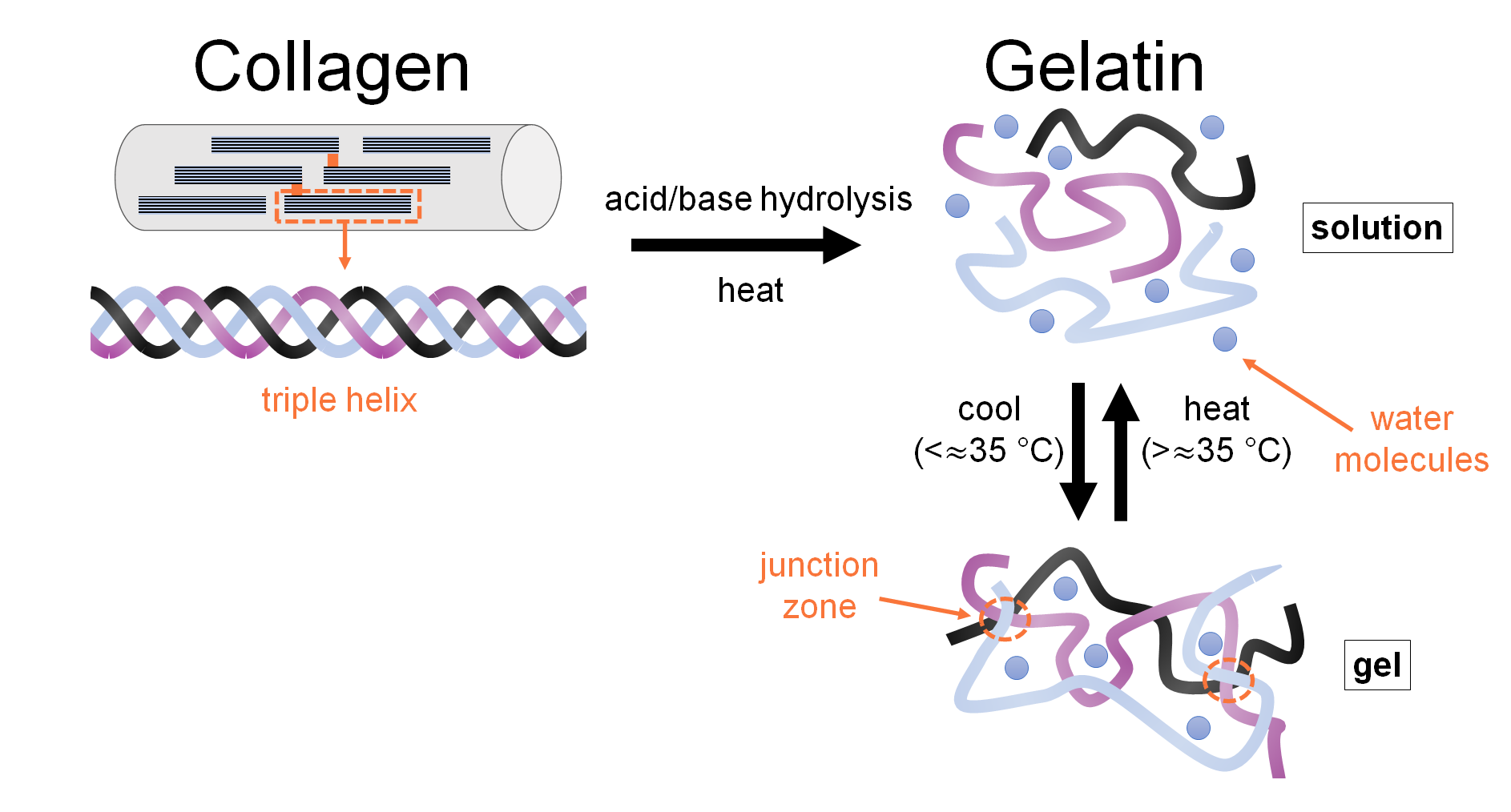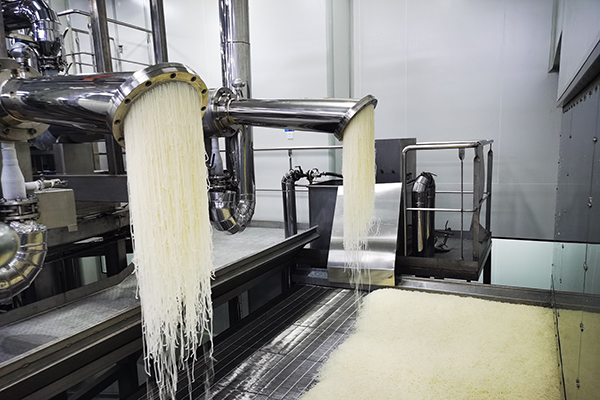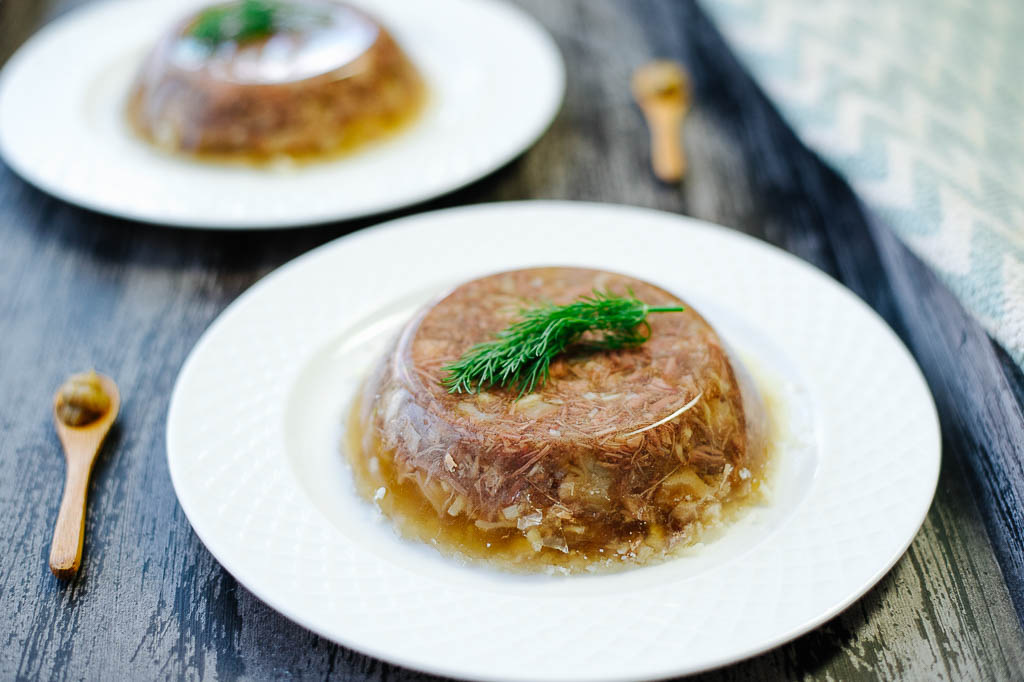If you are a fan of marshmallows (aka candy chips) and want to buy them back for the upcoming Tet holiday, we recommend that you consider stopping reading this article. Because the article will reveal a truth that the marshmallow industry doesn’t want you to know, a truth that can haunt you forever and ever.
If you still want to move on, start from the ingredient label on any pack of marshmallows. Usually you will see products made from water, sugar, corn syrup, vegetable oil, coloring and flavoring. Anything else? The most important ingredient to make candy sticky: gelatin. But what is it?
The video below by Belgian filmmaker Alina Kneepkens will reveal to you how the gelatin in marshmallows is made, where they come from. Again, we recommend that you consider not watching this video, especially while eating marshmallows:
How are marshmallows made?
It turns out that the gelatin in gummies is extracted from collagen, the elastic protein found in your skin. When you press your finger into your skin and it dips and then tightens again, thank the collagen molecules. And when your skin appears wrinkles or is no longer as elastic as it was when young, it is the result of a part of collagen that has aged.
But collagen isn’t just found in the skin, it’s also an essential protein that makes up the muscle fibers that allow you to move, the bones that keep your body strong, and many other organ tissues.
With all these important functions, collagen is of course also present in the bodies of animals. Food ingredient manufacturers know that, and they will aim to collect collagen from livestock by-products, namely the skin and bones of cows or pigs.
To save on transportation costs, a conventional gelatin factory will be built right next to the slaughterhouse. That’s where the raw materials are brought in, checked for quality and sorted.


Inside the gelatin factory.
Skin, bones, and rotting parts will be removed, and the rest will be put into shredding machines. The manufacturer then rinses the ingredients under high-pressure water, before soaking them in hot water to separate the oils and fats.
When the fat content has dropped to about less than 2%, the raw material is picked up and put on a conveyor belt, to an industrial dryer.
This is followed by an acid and alkali treatment that lasts about 5 days. Animal skins and bones are soaked in baths of 4% hydrochloric acid with a pH less than 1.5 and sodium carbonate with a pH above 7. The aim is to remove all minerals and bacteria, facilitating the dissolution process. release collagen.
The most important step occurs then, where collagen is boiled with distilled water in large extraction tanks to denature into gelatin. The gelatin solution was then recovered and quickly pasteurized for 4 seconds under 140 degrees Celsius.


The filters then continue to do the job of separating the excess product from the mixture. Pure gelatin will flow out, then be concentrated and pressed into sheets. Finally to get the gelatin powder, the manufacturer will put the sheets in the blender until they are really pure and smooth.
Depending on the purpose, the finished gelatin powder will be packaged to be delivered to confectionery and processed food manufacturers or sold directly to supermarkets, for those who want to make their own jelly at home.
With its characteristic properties, gelatin is often used to make foods with a flexible and viscous consistency such as candies, jellies, jams, milk, cheeses, soups, and sauces. It is even added to some medicines, vitamins and even cosmetics.
So, a word of advice for vegetarians, read the ingredients before you see gelatin break your trust and benevolence. Fortunately, there are also some gummies on the market, such as Trader Joe’s, that do not contain gelatin.
There is a molecule called agar, which is extracted from algae, that also has plastic properties and can potentially replace gelatin. If the gummies you buy contain agar, you won’t have to worry about your vegetarian diet.

In contrast, those who ate foods containing gelatin were also somewhat comforted by the fact that it turned out to be a nutrient. Gelatin contains up to 18 amino acids and is high in protein.
One of them is lysine, an amino acid that promotes calcium absorption, strengthens bones, reduces osteoporosis, and increases muscle strength. The amino acid glycine present in gelatin improves sleep and certain neurological functions.
The protein in gelatin can help you lose weight, by increasing satiety and energy. In addition, gelatin also contains glutamic acid, which is converted into glutamine to help support digestion and strengthen the stomach lining.
A 2014 study found that glycine, another amino acid found in gelatin, can help people with type 2 diabetes manage their condition. However, this is not advice that you should eat marshmallows to get that benefit. Because the sugar content in marshmallows is very high, it will be more harmful than the effect from gelatin.

It turns out that the healthiest gelatin you can eat is home-made gelatin. English nobility in the 15th century used to stew beef feet for 24 hours to get a broth filled with gelatin. Now you can also do it by simmering leftover meat or bones from chicken, pork or beef dishes over low heat.
Add carrots, onions, or herbs for extra flavor. Check in and add water to your soup from time to time. By the time the solution seems to have thickened, that’s when you’ve got gelatin water, perfect for eating right away or adding to soups and other stews.
This Tet, if you crave gelatin, process it like that, to save leftovers and consider again with marshmallows.
Check out Huffpost, Madehow, Medicalnewstoday
.
